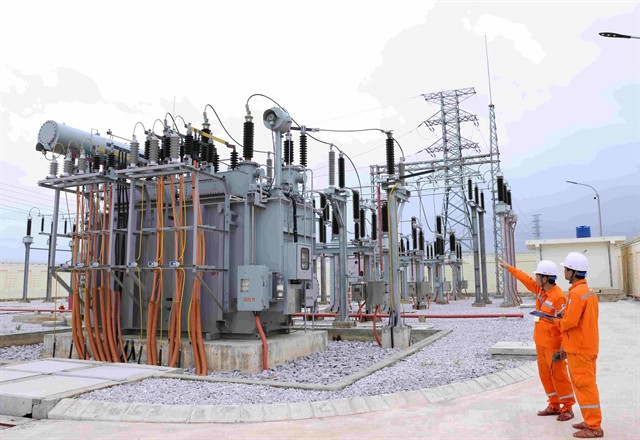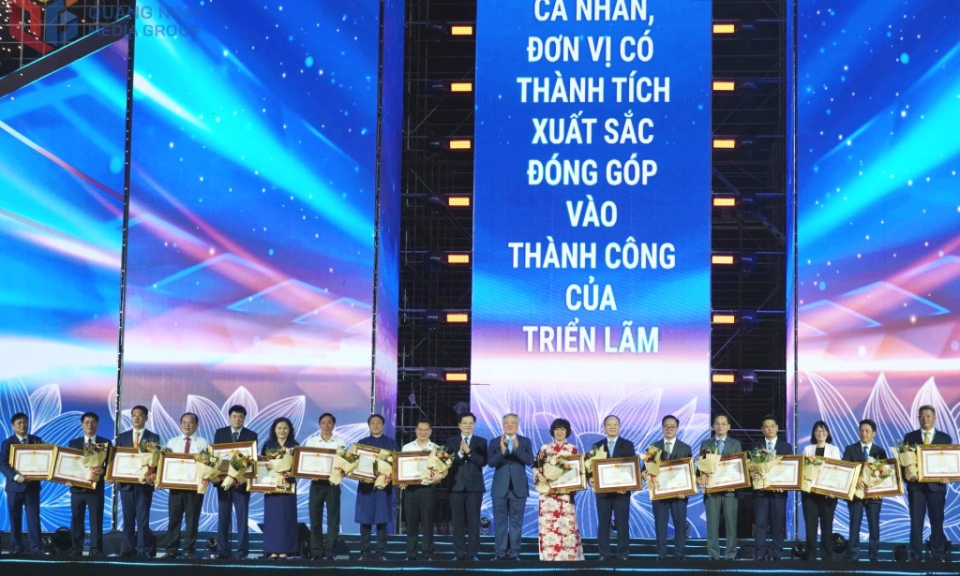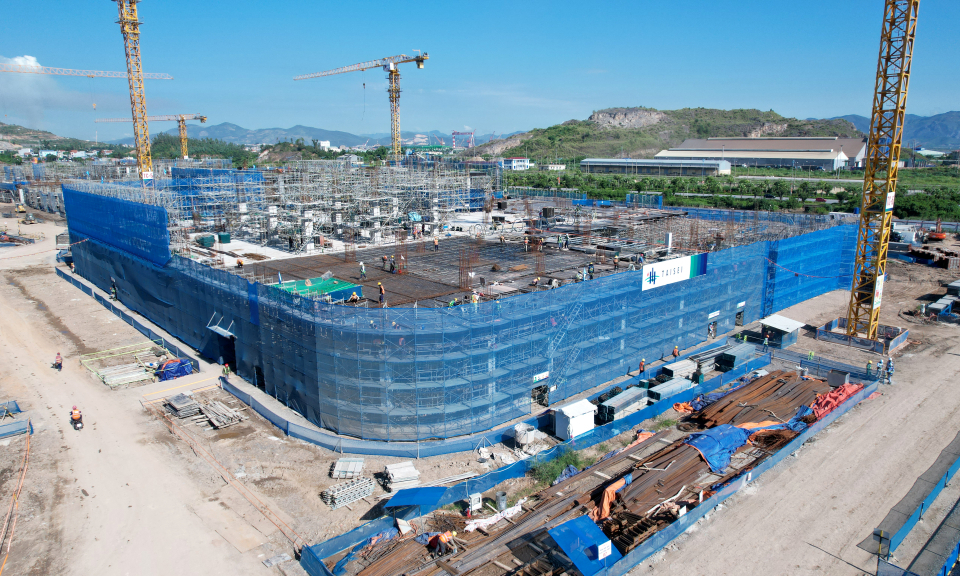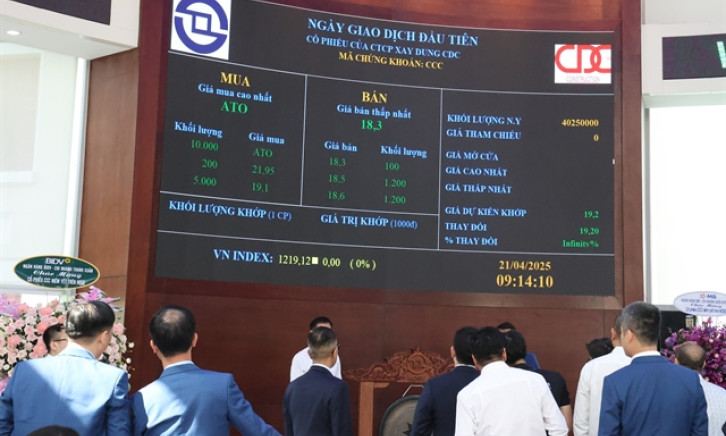Ensuring enough supply of electricity to achieve economic growth
Key measures also involve expediting critical power generation and transmission projects, optimising resource mobilisation, encouraging electricity savings and reducing peak-time consumption.
The Ministry of Industry and Trade will ensure a stable and sufficient electricity supply to reach Việt Nam's GDP growth target of 8 per cent in 2025, according to the ministry's representative at a dialogue on ensuring electricity supply for the economy, organised by the Government News Portal on May 7.
Đoàn Ngọc Dương, deputy director of the Electricity Department under the Ministry of Industry and Trade, said that, following the Prime Minister’s directive, the ministry has been actively revising policies to attract investment in electricity infrastructure.
Anticipating a 12 per cent increase in electricity demand aligned with an 8 per cent economic growth forecast, the ministry has introduced a comprehensive plan to supply enough electricity for the country.
This includes ensuring maintenance and high operational readiness across power plants, as well as securing stable fuel supplies from coal, oil and gas sources.
Key measures also involve expediting critical power generation and transmission projects, optimising resource mobilisation, encouraging electricity savings and reducing peak-time consumption.
“In the first four months of 2025, electricity supply was stable, even during peak demand periods,” Dương said.
However, he warned that unforeseen risks, such as droughts, extended heatwaves, or equipment failures, could stress the power system.
The ministry is therefore developing contingency plans to respond to all scenarios, ensuring national energy security.
As 2025 has been identified as a year of “acceleration and breakthrough” to lay the foundation for consistent double-digit growth from 2026 to 2031, energy supply, especially electricity, is increasingly viewed as a cornerstone of economic development.
Phan Đức Hiếu, permanent member of the National Assembly’s Economic Committee, emphasised that electricity is not just a commodity but also the fundamental input that drives all other sectors of the economy.
He stated that both the quantity and quality of energy sources must rise to meet the evolving demands of economic growth, national security and society.
“With rising demand and the dual challenge of energy security and quality assurance, electricity pricing mechanisms will also need to adapt,” Hiếu noted.
While the electricity sector has largely met economic demands, experts argue that a sustainable supply hinges on addressing longstanding issues within the pricing structure.
Nguyễn Tiến Thỏa, former director of the Price Management Department under the Ministry of Finance, highlighted three main shortcomings, including a failure to implement market-based pricing, incomplete accounting of input costs, and the persistence of a pricing model in which electricity is bought at a high price but sold at a lower one.
He advocated for a comprehensive reform of electricity pricing to align with market principles, including phasing out cross-subsidy in electricity prices and reflecting regional cost differences.
Energy expert Hà Đăng Sơn added that, while Việt Nam’s electricity prices are comparable to those of China and India, they remain lower than those in Thailand and Singapore.
Sơn noted that neighboring countries also face the challenge of ensuring an adequate electricity supply at reasonable prices while transitioning to green energy.
He emphasised the need for a balanced pricing strategy that avoids shocks while attracting private investment in power generation.
“Without effective mechanisms to encourage private sector participation, energy security cannot be guaranteed,” he warned.
Meanwhile, Hiếu reiterated that transparency and stability must be the guiding principles of any electricity pricing mechanism. These are essential not only for investor confidence but also for ensuring long-term policy effectiveness.
He further stressed the importance of cost rationality in encouraging socialised investment in the electricity sector.
Nguyễn Văn Đạt, deputy director of the Thái Nguyên Electrolytic Zinc Plant, shared that businesses are also taking steps to support the national energy strategy. As part of their commitment to Việt Nam’s Net Zero 2050 goal, many companies are gradually shifting to green and solar energy sources. This not only reduces pressure on the national grid but also enhances operational autonomy.






